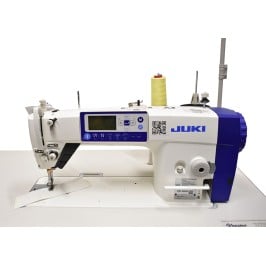What makes an industrial machine unique?
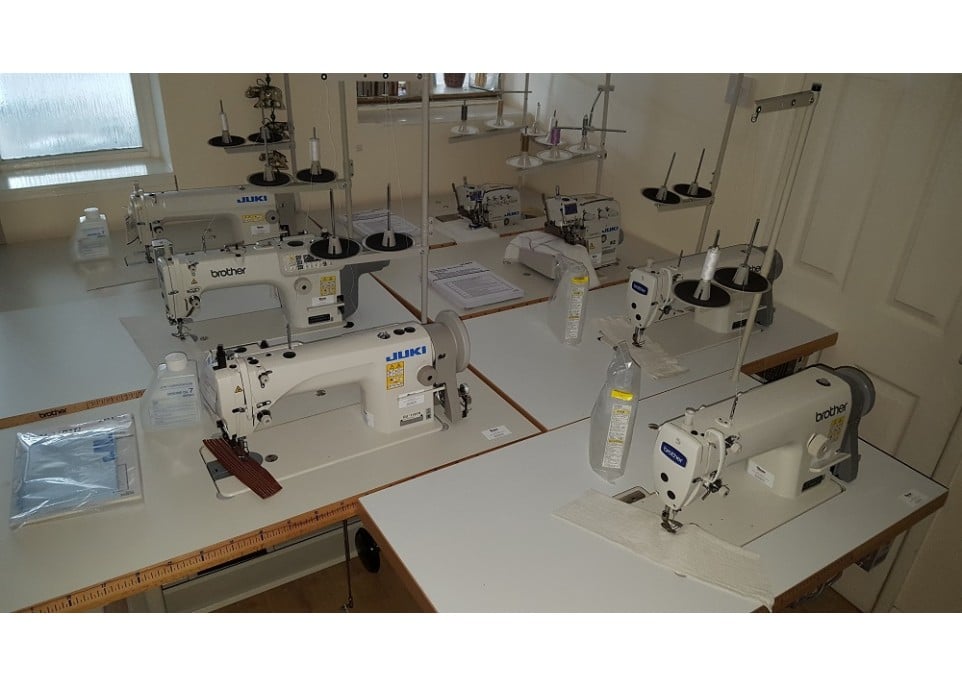
We are talking about a sewing machine which is meant for professional use. Other types of models are for home use only. So, we are looking at machines which are built for being used all around the clock. This also means they are more expensive and they are often bigger and more durable.
What to look for in a good industrial sewing machine
First, do you intend to use it for home use or professional use?
If it’s for professional use, there are many machines, so it depends on how often you’re going to use the machine.
If you’re mostly looking for good features like a lot of stitches, you should definitely just stick with a home sewing machine. Some of the top models today are packed with features and you will find thousands of creative stitches to choose from or unless you’re going to do a lot of sewing every day, you are going to be delighted with a professional sewing machine.
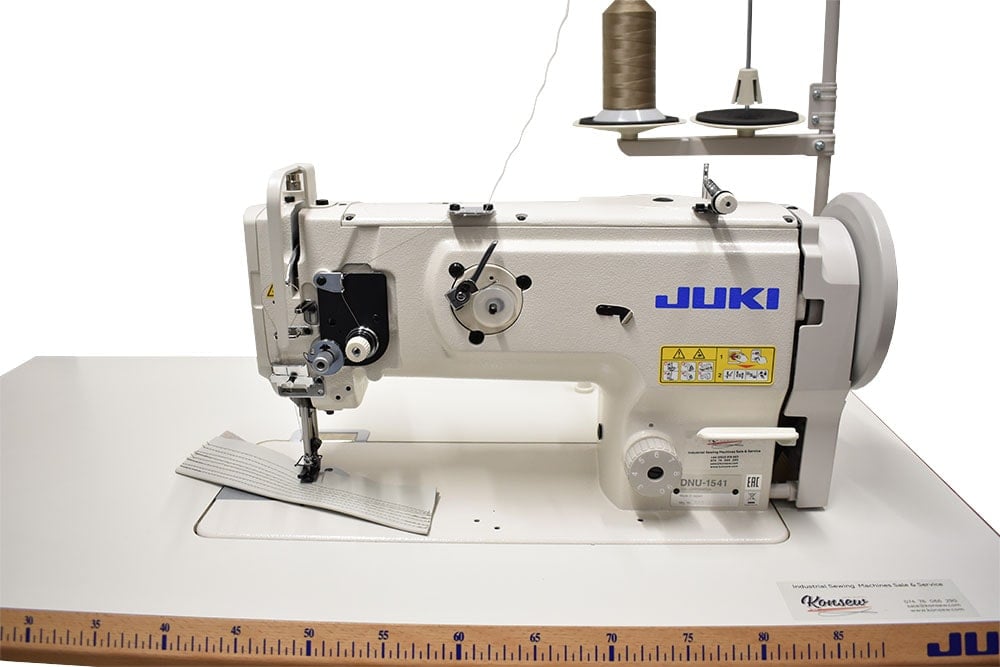
If you’re going to use it every day (as your day job) you should get a professional machine.
Now let’s take a look at some of the main differences between an industrial and home sewing machine.
The weight and size
Nearly all industrial sewing machines are a lot heavier and larger than your average domestic machine model. They will weigh as much as 100 pounds (50 kilograms), But some models are made to be portable, meaning they will be a bit lighter
They are also a lot larger
They can be twice the size of your usual domestic machine. This is usually because the free arm is longer in order to do larger projects and being able to have more space.
How it’s constructed
Your home sewing machine is made in one piece. Your industrial machine is made up of four key parts:
- unit stand
- head
- motor
- table
This is important to know, so you need to make sure that the machine includes all of these four parts.
The good thing about this is that if you are unhappy with a certain part, you can always have it switched out for a better one. For example, if your table is old and scratched up, then you can just undo some bolts and put a new one on.
.jpg)
The foot pedal also varies on different models of the industrial sewing machine. This was made so that you could have little shortcuts whilst sewing. The machine will often be threaded when you get it. If you’re getting a used model just ask the seller to thread the machine before he or she ships it to you.
The industrial models will often have you inserting the thread (through the eye of the needle) from the left to the right.
On your home sewing machine, you always do it from the front toward the back.
You will also notice that the needles are slightly different.
On domestic sewing machines, the needle is flat at the top, whereas on industrial machines, it is all round.
The motor on an industrial machine is the larger and heavier duty and has a lot more power, and it can go on and on without stopping and incredible speeds. On the other hand, domestic machines are only made for a short but quick burst of stitches, so they will not be able to go on for a long time.
Cleaning & Maintenance with industrial machines
Make sure to not remove the grease that may be there for reason. Remove only the dirt and lint.
Another thing to be aware off is how often to oil your machine.
This is something that often works differently within industrial models compared to the home use models. On many home use models, you won’t even have to oil it (And you may have learned so the hard way!). This is typically not the way to do it with industrial models.
You will often need to oil your industrial machine twice a week or at least much more frequently than your home sewing machine. Because it runs all the time it needs more attention and care.
Make sure to check your manual before you start applying oil anywhere. If you cannot find it you should consult a repair shop which specializes in your specific brand. It’s really important because if you over over-oil it or start applying oil in the wrong spots, you can easily end up damaging your machine.
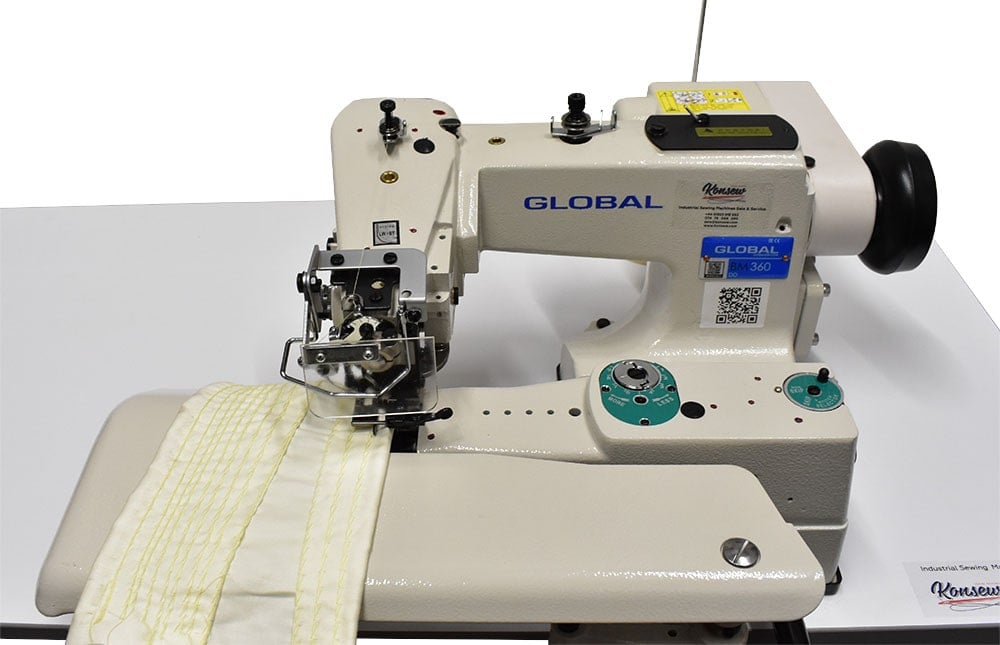
You should also remember to always finish by placing your dustcover over the machine. By doing so we make sure that all the tiny dust particles in the air do not enter the vital parts of the machine.
We have written an extensive guide on how to clean your machine. Check this guide as most of it will also apply to your industrial machine.
Advantages of industrial sewing machines
There are a lot of benefits from using a professional sewing machine but they are can also be disadvantaged.
Let’s start by listing the most common advantages.
Industrial machines are more durable than any other machine.
If your intentions are to sew large quantities of material every day, then an industrial sewing machine will last you much longer before you need maintenance than a domestic machine.
This will save you money in the long run. Not only because they will last longer but also because they won’t break as often.
Customizable
Industrial sewing machines are often set up to do one task only, or a very limited set of tasks. This is a great thing when you are sewing the same type of project over and over again.
This is also one of the main reasons you don’t want an industrial sewing machine for home use. For home use, we want our machine to be able to do as many different tasks as possible, such as zigzag and many other types of stitches
Speed
Industrial sewing motors are much stronger than your domestic machine, meaning it can sew much faster and longer. The speed on the servo motor is also adjustable, meaning it can be adjusted to your preference.
Easy to use
Due to the limited number of features on the most industrial sewing machine, you won’t find them very hard to use.
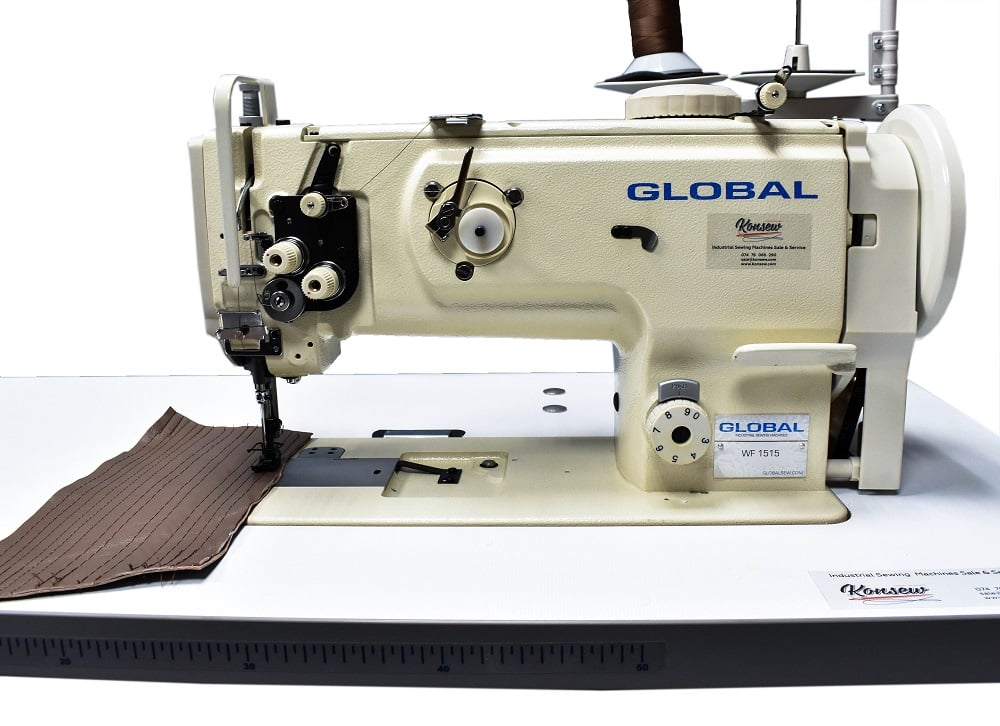
Disadvantages with industrial sewing machines
There is a very limited set of features
most industrial sewing machines only have a straight stitch. This is because they are made for doing the same job over and over again, so in order to not overcomplicate anything, they did not add many features.
This is the main reason why most home and hobby seamstresses should stay away from industrial machines.
Another disadvantage of an industrial sewing machine is that they are large and heavy, making them difficult to move around. This is because they designed to be put in one place and stay there for a long period of time before being moved.
More noise
Due to the large and powerful clutch motor, they will produce lots of sound and vibrations, unless you buy a sewing machine with a servo silent motor, but then it still produces some sound.
What can industrial machines be used for?
First off you need to know that the industrial machines often have the motor mounted outside the machine. This typically means that they have to a stronger motor.
Because of this many people think that industrial machines are only made for heavy duty work. This isn’t true.
You will find industrial models which are made for underwear and dresses, just as you will find machines made for heavy duty denim and leather.
Different types of industrial machines
We have a wide variety of different types of industrial machines just as we know from the home sewing machines. Here you can read more about the differences between basic sewing machine types.
You will also find specific industrial machines for quilting and embroidery as well and lockstitch-machines etc.
They are also are the differences between the different industrial machines.
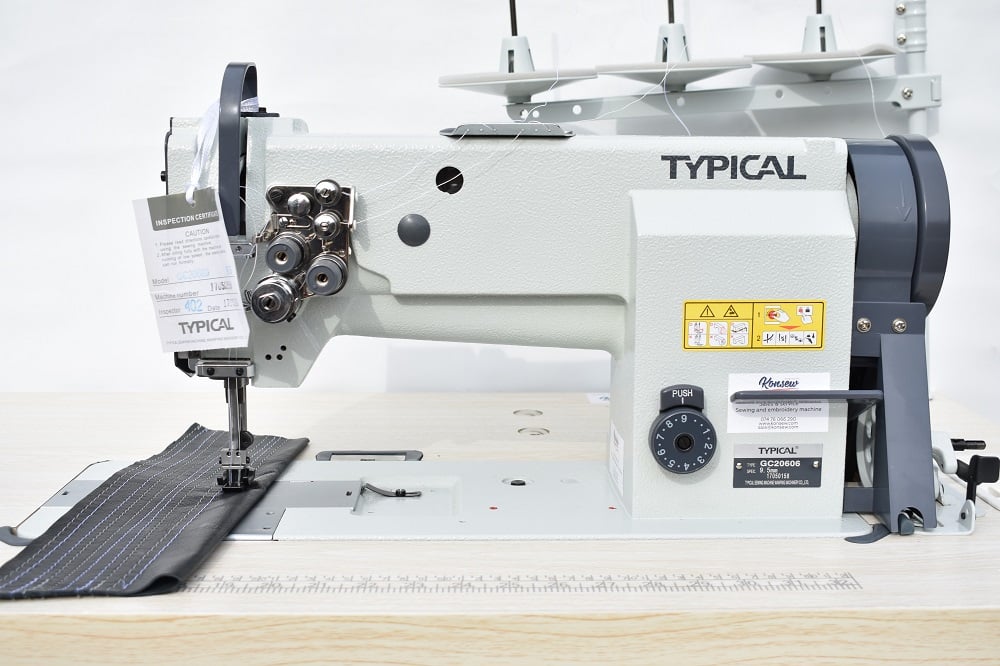
Heavy Duty vs. thin fabric
The machine can be set up to work with heavy fabric or thin fabric. As we mentioned above, the industrial machines are almost always set up for very specific tasks only.
So, before you start sewing you want to make sure it’s set up properly for the type of fabric you are going to work on.
Servo motor vs. Clutch motors
Old industrial models will always have a clutch motor. It will be noisy and sound like your home sewing machine, just louder.
Newer models are built around the servo motors which are a lot quieter. They can be completely silent, and sometimes even more so than your home sewing machine.
You can also choose to upgrade older industrial sewing machines from the clutch motor to a servo motor. Remember, that the motor is mounted outside the machine itself, so changing the motor is actually quite easy to do.
But it’s a lot cheaper to get a model for the servo motor from the start. You will probably not save money from buying a cheap industrial model and upgrade the motor.
The servo motors are great because they are strong and energy-efficient.
The reason why they are often more energy-efficient will be found in the way they are built. The clutch motor will need to be running at all times, while the servo motor can be turned on and off as you start and stop sewing.
So as you can imagine, you will get a much quieter workplace with the servo motor. Not only because it is quieter but also because it doesn’t run all the time.
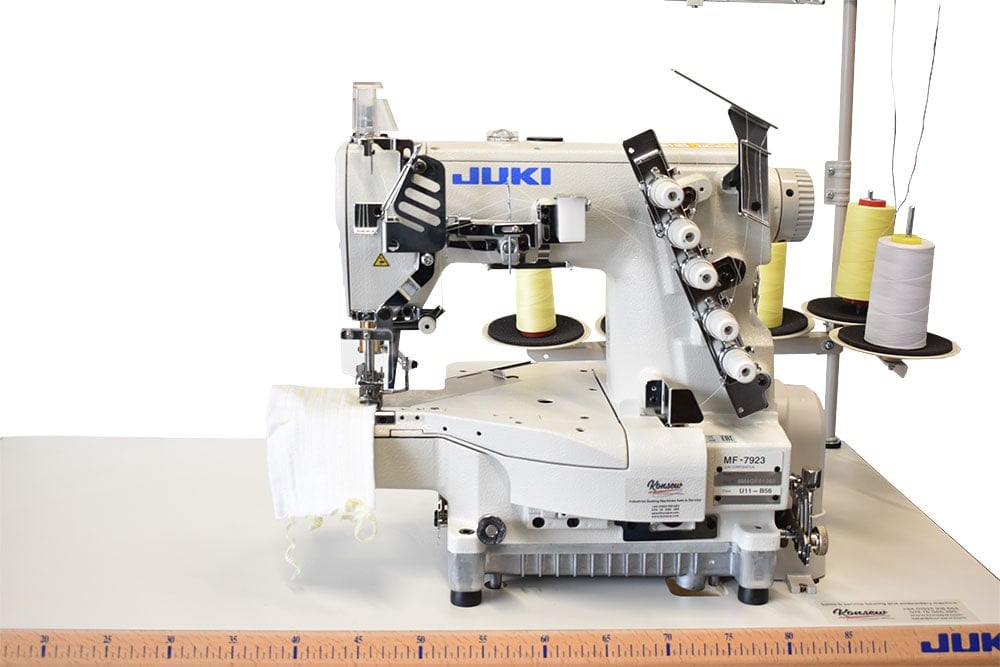
Professional machine brands
Here are some of the reliable brands for industrial machines:
Alternatives to buying an industrial sewing machine
Industrial models used to be very expensive. It would often have to pay up to around £1000. Today the prices have dropped a lot. The market for these machines has become much more competitive so the prices have been driven down.
You can get a very good model from Juki for around £448 at Konsew, and then a little bit extra for the parts.
If you are looking at vintage models you should be aware of the disadvantages of getting a too old industrial model.
When you are working professionally with your machine you should always go for a computerized model. If you feel like this sound scary and you are not tech-savvy enough, you just have to get over it. Everyone can learn to use a computerized model and if you’re going to use the machine professionally you definitely need to learn this.
It’s always a good idea to buy models that are only a few years old. Just like buying a car; you don’t want to buy it straight from the assembly line, but on the other hand, you don’t want a model that is too old either. Go for a model that is one or two years old and you will probably get the best deal.
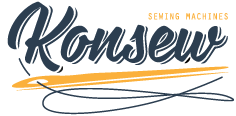


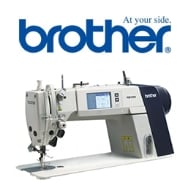
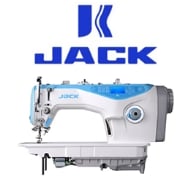

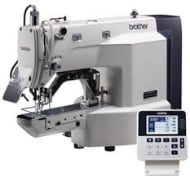
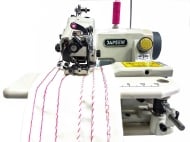
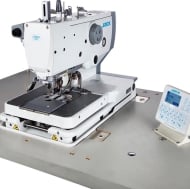
.jpg)
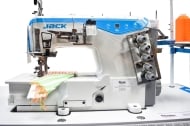
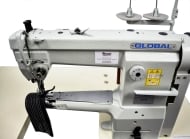
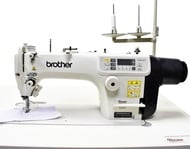
.jpg)
-min.jpg)

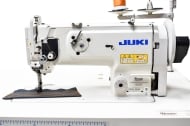
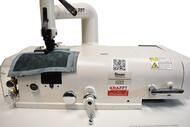
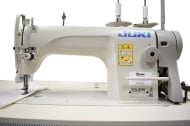


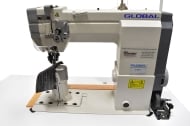
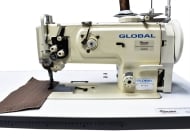
 Twin Needle Walking Foot Needle Feed Sewing Machine 6.jpg)

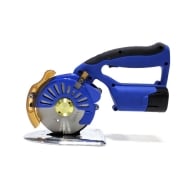
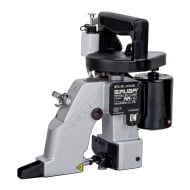
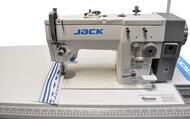
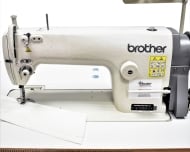
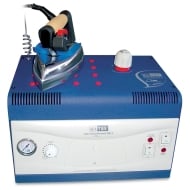
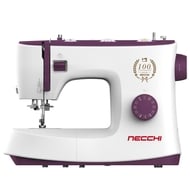
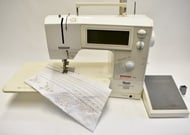
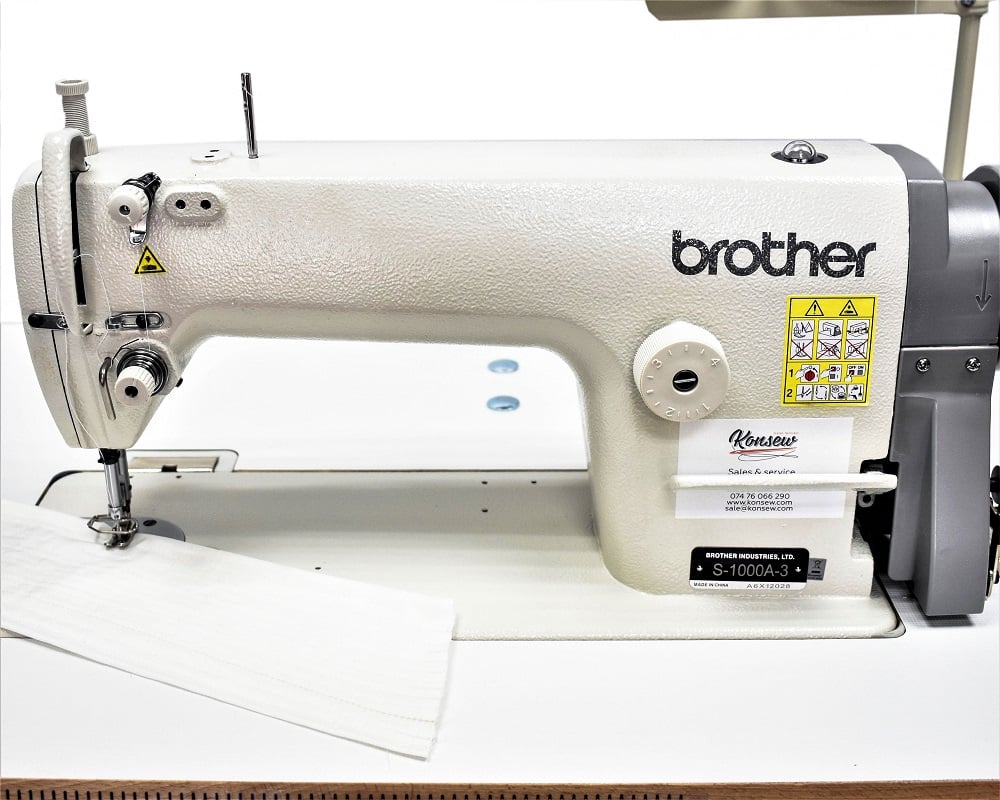
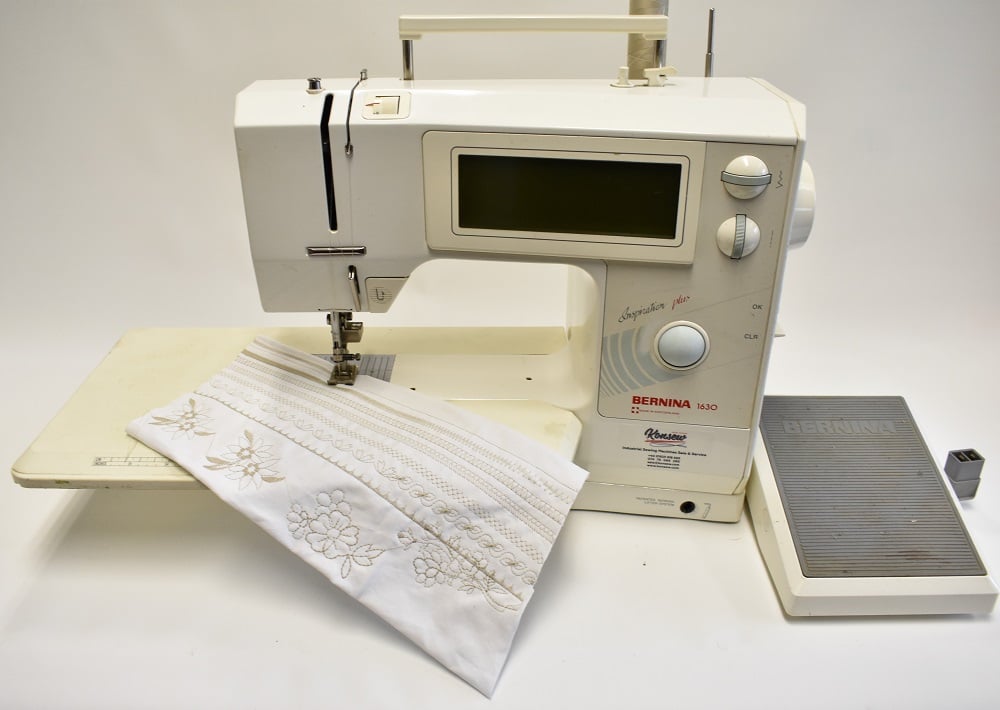



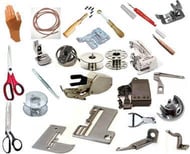
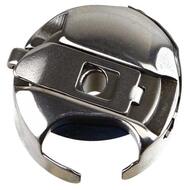
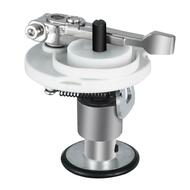

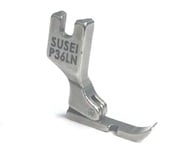
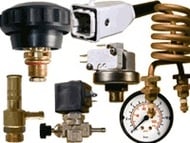
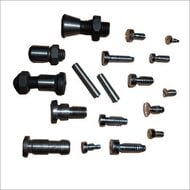
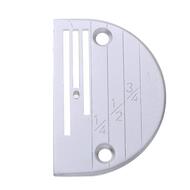
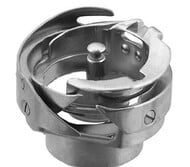

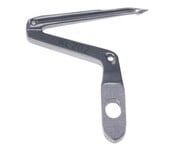
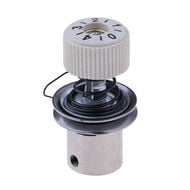
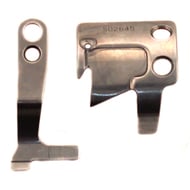
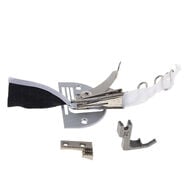
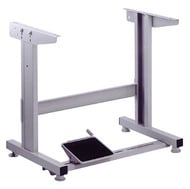

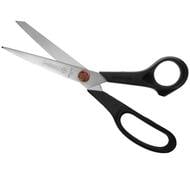
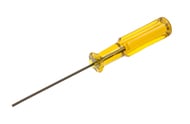
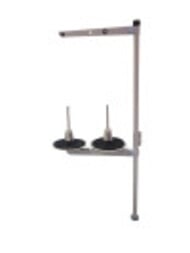
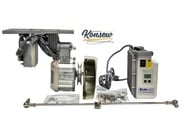
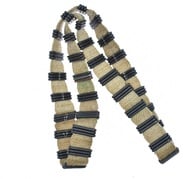

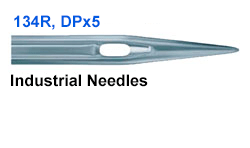
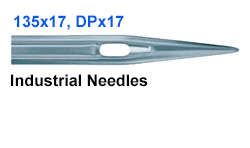

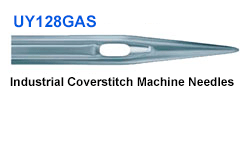
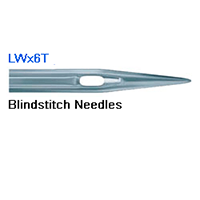
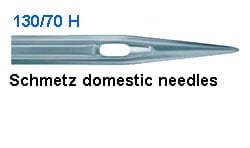

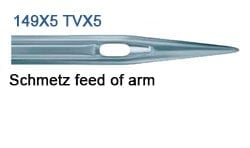
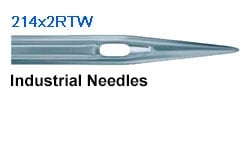
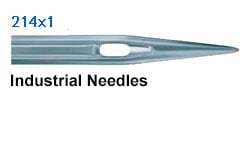
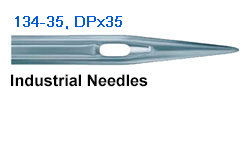

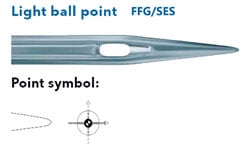



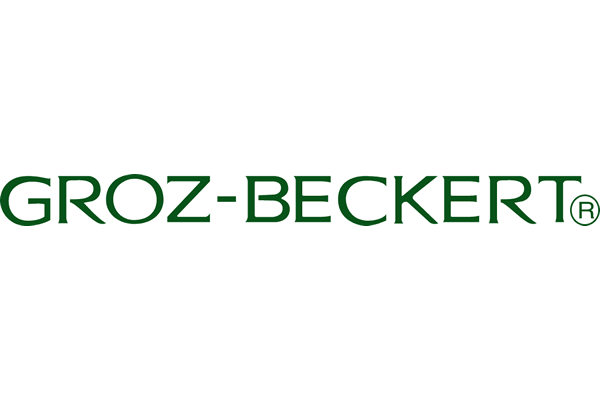
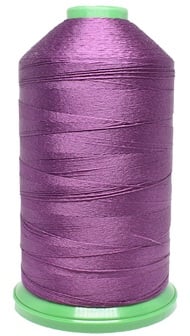
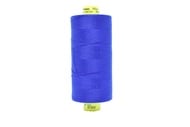

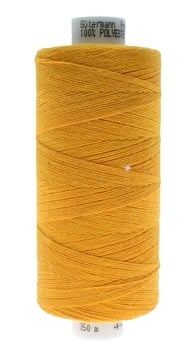
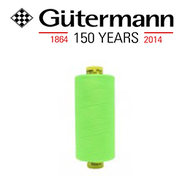
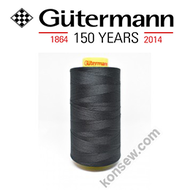
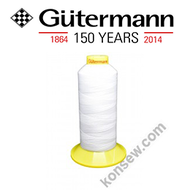
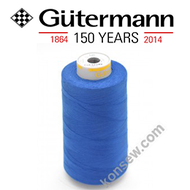
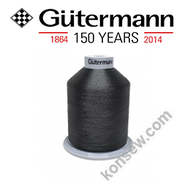
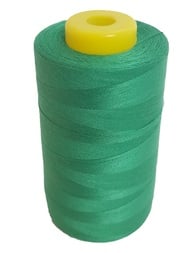
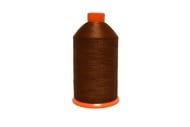
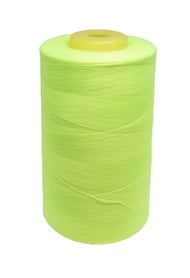
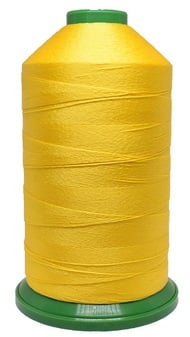
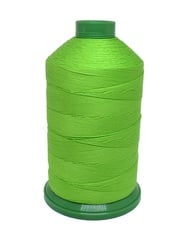
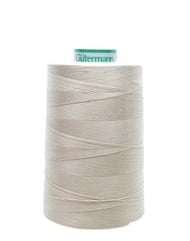
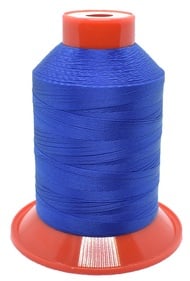
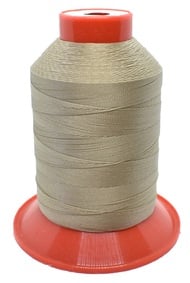
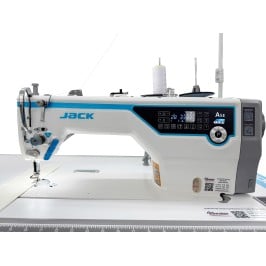
 (2)/brother_s_7250_nexio_lockstitch_industrial_sewing_machine_1-min-266x266.jpg)
